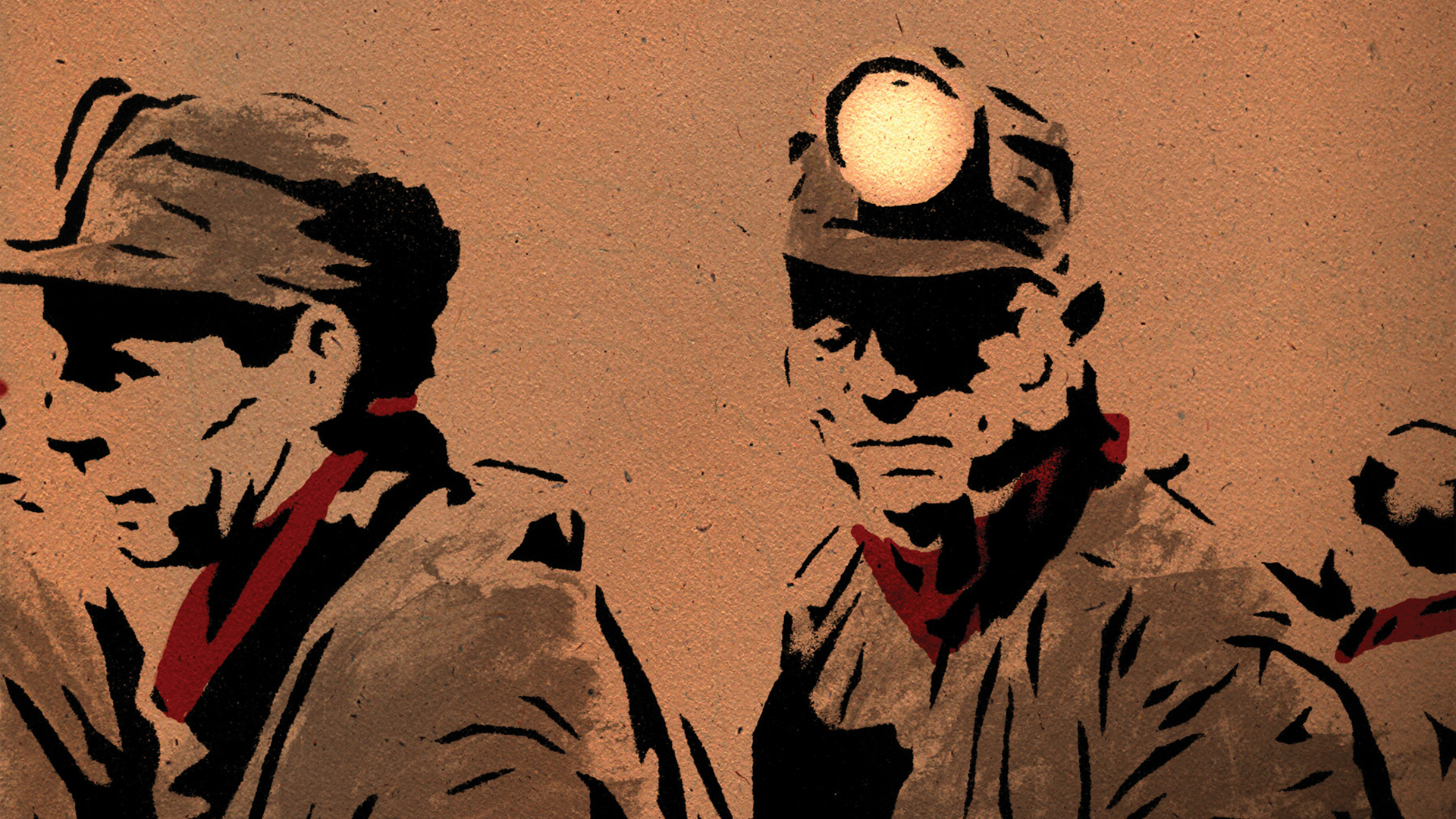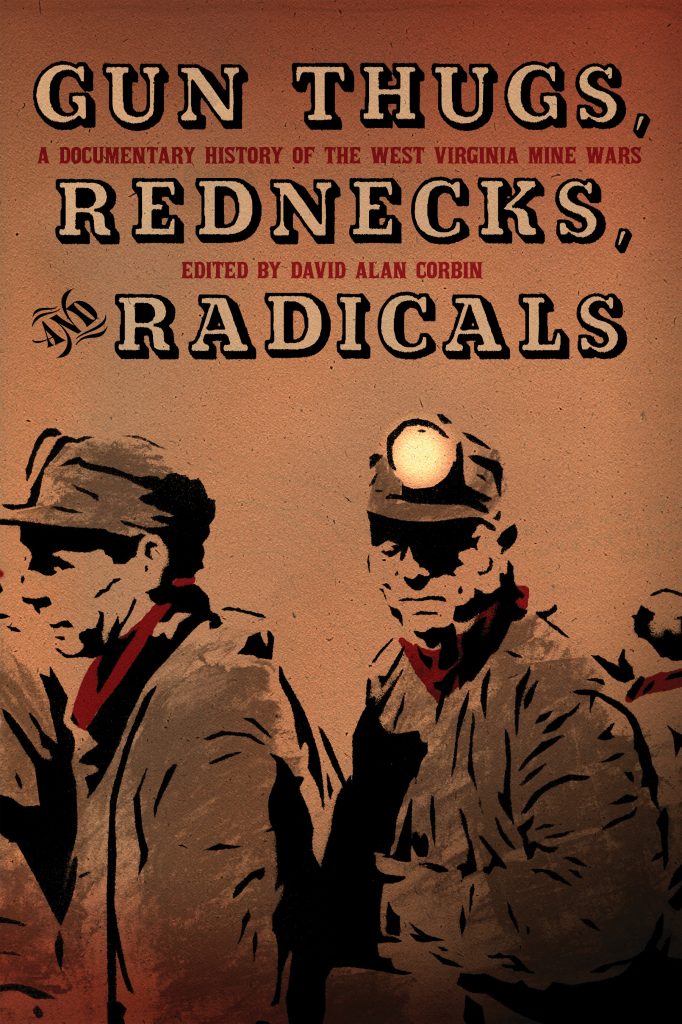by Paul J. Nyden
WVGazette.com
October 19, 2011
CHARLESTON, W.Va. —It’s been more than 20 years since David Alan Corbin first published his history, The West Virginia Mine Wars: An Anthology.
He’s updated the book with a new chapter and a new introduction, and rebranded it Gun Thugs, Rednecks and Radicals: A Documentary History of the West Virginia Mine Wars. PM Press will publish the new version next month.
“This book documents the history of the mine wars in West Virginia, the real history,” Corbin said. “It lets the people involved speak for themselves, not just through historians.
Corbin will promote the book this weekend at the West Virginia Book Festival.
“Historians interpret history and distort history,” he said. “This book gets the facts out as they were at the time. For years, the history of the Mine Wars was buried, kept out of the history books.”
When he was working on his first book, 1981’s Life, Work, and Rebellion in the Coal Fields: The Southern West Virginia Miners, 1880-1922, Corbin visited “the counties where the mine wars took place.
“Many people never heard about them. Or they were taught to be ashamed of these events, rather than take pride in them. We got the real story out.”
Both of Corbin’s books focus on three major confrontations:
The historic Cabin Creek and Paint Creek strikes in 1912 and 1913, when many union miners and their families were evicted from their homes in eastern Kanawha County.
The Battle of Matewan, fought on May 19, 1920. Miners and local police officers, including, Matewan Police Chief Sid Hatfield, battled Baldwin-Felts Detective Agency guards that coal companies sent to Mingo County to evict pro-union miners from their homes at Stone Mountain Coal Camp.
The Battle of Blair Mountain, fought between Aug. 25 and Sept. 4, 1921. It was the largest armed confrontation in U.S. labor history, involving 15,000 miners who marched from Marmet down to Logan County. That confrontation ended when federal troops were dispatched to Blair Mountain.
Gun Thugs, Rednecks and Radicals offers a host of articles and transcripts of testimony from people involved in those battles, including testimony Hatfield gave to the U.S. Senate and Senate testimony from the widows of Hatfield and his friend, Ed Chambers, after the two men were shot by Baldwin-Felts guards on the steps of the McDowell County Courthouse.
The book also includes speeches by coalfield leaders, including Mother Jones and Frank Keeney. It includes testimony from people like Lee Calvin, a Baldwin-Felts guard during the Cabin Creek-Paint Creek strikes.
“As a guard on the Bull Moose Special company train that went up the creeks, Lee Calvin was repulsed at what was being done to the miners,” Corbin said. “He told a Senate Committee what happened . . .
“I am really glad they are getting this out again now. Hopefully, it will help make people more inspired to rally around saving Blair Mountain today.”
There is an ongoing dispute over preserving Blair Mountain. Arch Coal and Massey Energy (since bought by Alpha Natural Resources) have expressed interest in expanding mountaintop removal operations onto Blair Mountain, on the Boone-Logan county line.
Labor activists and historians believe the site should be preserved. Corbin says Blair Mountain should become a “national park, like Bunker Hill [in Boston] or Manassas [in Virginia].”
Both sides have talked about reaching an agreement in the near future.
Corbin, who worked for many years in the U.S. Senate, including 18 years for the late Sen. Robert C. Byrd, D-W.Va., now works for the president of the University of Maryland.
He’s making final changes to “a semi-biography about Senator Byrd that will be coming out next year. It focuses mostly on Byrd’s encounters with the presidents [with] which he served.”
Reach Paul J. Nyden at [email protected] or 304-348-5164.







